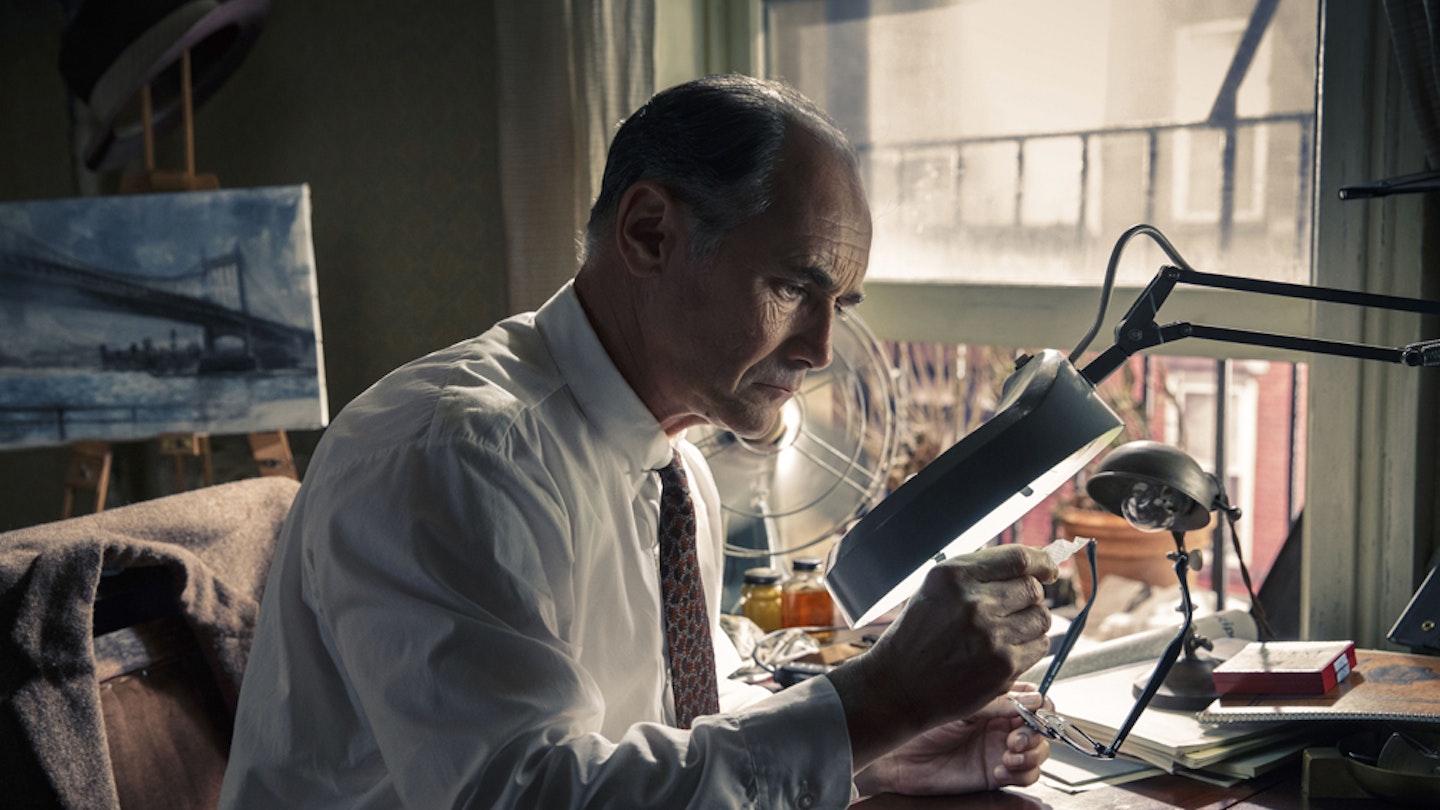Tom Hooper has made a career out of tackling subjects in which audiences have an active investment before buying a ticket, be it itinerant football managers (The Damned United), the Queen Mum (The King’s Speech) or dreaming a dream of times gone by (Les Misérables). It may start in 1926, but The Danish Girl nails a zeitgeist-y hot-button topic of transgender issues led by (but not limited to) Caitlyn Jenner. It’s a beautifully mounted, restrained picture but no less moving for it. Einar/Lili’s body is biologically male but on the inside she is female. Her true self can be captured in a painting but not in a mirror. The gulf between these two positions is heartbreaking, and it is this space The Danish Girl rewardingly explores.
The screenplay, by Lucinda Coxon based on David Ebershoff’s novel, takes its time establishing Einar and Gerda Wegener’s happy marriage, the disjunct in their careers as artists (Einar is acclaimed, Gerda isn’t), with only hints of what is to follow (Einar runs a hand absent-mindedly along a row of women’s clothing). Things heat up after Einar, encouraged by Gerda, attends a bohemian party as her newly formed alter ego, “cousin Lili”. She gets a nosebleed after being chatted up by Ben Whishaw’s charmer, Henrik (“You’re different from most girls”), but the experience is revelatory.
What follows are two intertwined stories. The first is about how Einar transitions to Lili, studying women at the market or at a Paris peep show, becoming a whizz at make-up and getting beaten up, before undergoing an operation that will bring her body in line with who she really is. Redmayne’s fine bone-china features are prime movers in all of this being convincing but so is his performance, reticent, vulnerable and acutely observed. It’s less flashy than The Theory Of Everything but no less satisfying.
Yet the second through-line, how Gerda copes with this, is even more gripping. Initially she is curious and playful, helping her husband dress up and experiment, but at the point where you feel she would explode, she proves astonishingly supportive towards her partner’s plight. Vikander eats this all up with a spoon, by turns energetic, winning, raw and compassionate. Between this, Ex Machina and a sparky turn in The Man From U.N.C.L.E., it seems she can do anything.
Cynics may bash the approach for being too conventional for the adventurous subject matter (compare Tangerine), but Hooper’s filmmaking is impeccable, flitting between beautifully bleak Scandinavian landscapes and oddly framed close-ups of Redmayne’s angelic face. The director has an equally firm grasp on tone. Rather than duck the big scenes, such as Einar’s revelry at first holding a dress, Hooper plays them with delicacy and tact. The result is absolutely intoxicating.



.jpg?ar=16%3A9&fit=crop&crop=top&auto=format&w=1440&q=80)



